Seedbreds: The beginning of a great garden
A seedbreds gives you the possibility to plan more carefully the sowing when transplanting is needed, facilitating a uniform growth and quality in the plants.
The seedbeds made of organic materials are biodegradable, these will eventually break down and become part of the substrate, therefore the seedlings do not have to be removed to transplant.
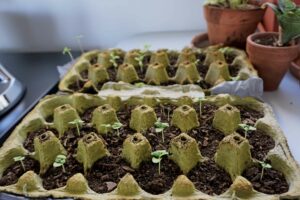
Photography: Luisi Leyva
SEEDBEDS ADVANTAGES
The seedbeds are the starting point in the productive and reproductive life of plants. They are containers designed to increase the chances of germination and thus making the seeds become seedlings1, name with which the plant is known from germination until its first leaves grow.
These containers help improve the conditions of light, temperature, humidity and amount of nutrients that the seed will need to germinate.
The seedbeds should be located where the control of different variables that affects plants can be easily managed.
The variables include climate changes such as temperature, relative humidity, rainfall, among other factors like the presence of insects or diseases.
The use of a seedbed has many advantages like the saving of seeds because when the seed is planted directly in the soil or in a cultivation bed it is spread, which generates failures in both germination and quality if seedlings, due to lack of space. Seedbeds also allow you to save substrate and better control the mix of its components.
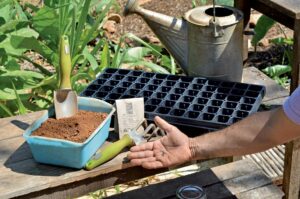
Photography: Molino Lab
MATERIALS
You will need seeds, watering can or sprinkling bottle, substrate and the seedbed you have chosen.
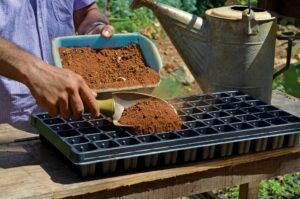
Photography: Molino Lab
THE SUSTRATE
To start you need to add a fine substrate ti the seedbed. The best option is to combine soil with compost; sand, perlite or vermiculite may also be added to retain water.
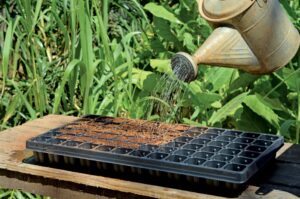
Photography: Molino Lab
Moisture the soil lightly, this way it will be easier to make the holes for the seeds.
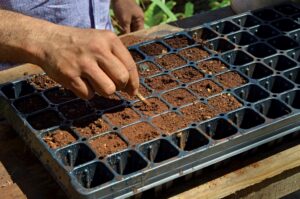
Photography: Molino Lab
For the next step, placing the seeds, you will need to carefully make a small hole on the sustrate surface, you may use a small stick or your finger.
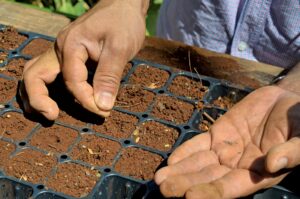
Photography: Molino Lab
Insert into a wall hole 3 or 4 seeds, sag them slightly without tightening the soil, it hast to cover the seed and be wet enough for germination.
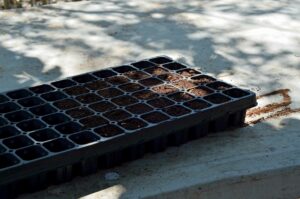
Photography: Molino Lab
At first light be indirect, observe carefully where the light hits the seedbed so it does not dehydrate the seed. Likewise, seedbeds should be protected from strong winds because they can intensify perspiration until the seed wither.
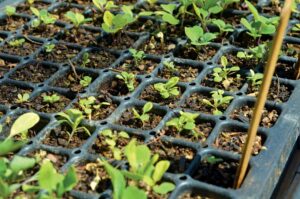
Photography: Molino Lab
Once the seed germinates, the seedlings will be moved to a place with plenty of light for them to grow favorably, They require frequent but short irrigations, preferably performed by spraying.
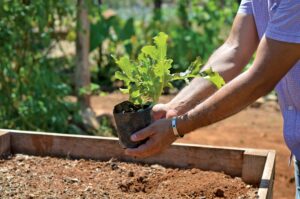
Photography: Molino Lab
When they reach a height of 8 – 10 cm the transplant is recommended, if you have to transport the plant, a growing bag is the most adequate. For planting it in the soil, just make a hole that is proportional to the size of the individual seedbed where the seedling grew.
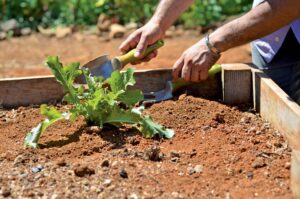
Photography: Molino Lab
Introduce the plant carefully to the soil without removing the substrate from the roots so they are not damaged. Fill the space with soil full of nutrients and water gently.








